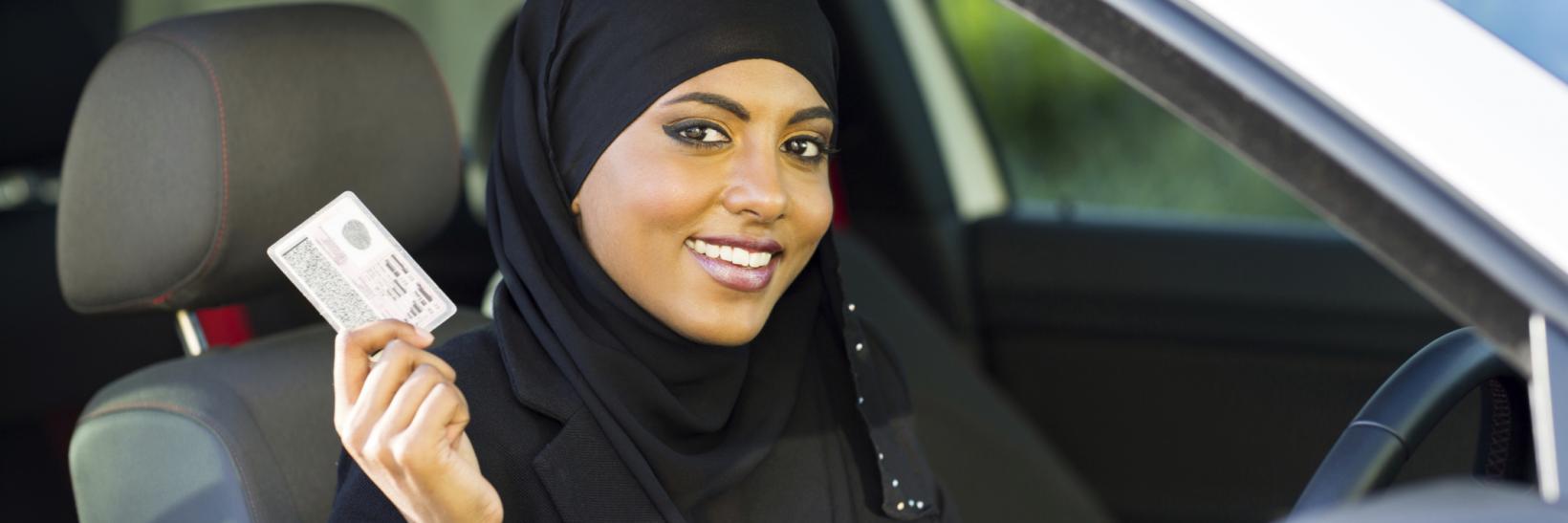
Students: Only the DMV Can Provide You with a Valid Driver’s License
June 5, 2015
If you are an F or M student studying in the United States and want to obtain a valid driver’s license, you must receive it from your local Department of Motor Vehicles (DMV) or state-run motor vehicle department. DMV locations are the only place that issue legal and valid U.S. driver’s licenses in the United States. Attempting to get a U.S. driver’s license from any other person or place is illegal.
In order to receive a driver’s license from the DMV, you must first speak with your designated school official (DSO). Your DSO will verify your student status is listed as Active in the Student and Exchange Visitor Information System (SEVIS). You must wait at least two government business days after your SEVIS record is set to Active status before applying for a driver’s license. When you speak with your DSO, be sure to confirm that there are at least two business days between the date they originally listed you as Active in SEVIS and the date you plan to apply for your driver’s license. DSOs can also provide insight to help you with the process of obtaining a driver’s license.
In addition to speaking with your DSO, you must wait at least 10 days from your arrival to the United States to begin the process. This allows enough time to ensure that your Form I-94, "Arrival/Departure Record," information was updated in all the government systems.
Depending on the state in which you live, you may be required to have a Social Security Number (SSN) or a Form SSA-L676, “Refusal to Process SSN Application,” before you can apply for a driver’s license. Learn more about this process on the Study in the States’ obtaining a SSN resource page.
After you speak with your DSO and obtain any necessary documents from the Social Security Administration, you can visit the DMV and apply for a driver’s license. You must bring the latest signed version of your Form I-20, “Certificate of Eligibility for Nonimmigrant Student Status,” a valid passport with a visa (except for citizens of Canada and Bermuda) and proof of residence (where you live in the United States). For more information about what qualifies as proof of residency in your state, check your local DMV’s website.
If you have a paper copy of your Form I-94, you must also take it with you to the DMV. If your Form I-94 is available electronically, we recommend printing it out to take with you when you apply for your driver’s license. If you are on optional practical training, take your Form I-766, “Employment Authorization Document,” which is commonly referred to as the EAD card.
Each state has different rules for obtaining a driver’s license. Some states may require you to take both a written and practical driving test. Proof of auto insurance may also be required to obtain a driver’s license. We suggest discussing with your DSO how your state’s DMV handles licensing for international residents. It may also be helpful to call and speak with a representative from your local DMV to ensure you have all the necessary paperwork collected, and understand the steps involved.
Have you applied for a driver’s license and have helpful tips for your fellow F or M students looking to do the same? Share them with us on Twitter and Facebook.

